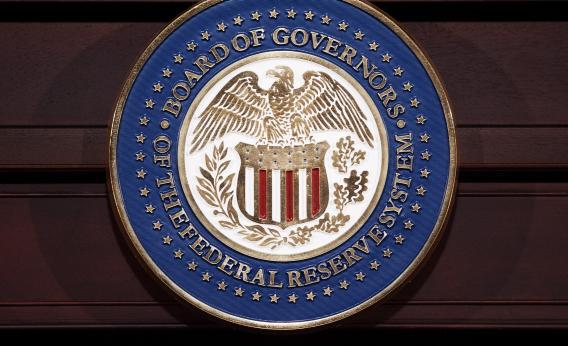We got a decent jobs report this morning—190,000 new jobs plus 70,000 extra ones from revisions plus an increase in the labor force participation rate—which was followed by an unfortunate financial market reaction as 10-year bond yields spiked upwards.
Why? Well you can see the problem in this exciting collage of newspaper headlines:
Basically the way financial markets have interpreted recent comments from the Federal Reserve is that moderately bad news will signal an extension of QE purchases, thus boosting the economy while moderately good news will signal a tapering of QE, thus restraining the economy. So either way, the economy is locked onto a path of slow grinding recovery.
What the Federal Reserve needs to do is to communicate that this is not what the dual mandate means. What the dual mandate means is that even if inflation gets higher they’ll give some consideration to avoiding monetary tightening out of concern for job growth. But as long as inflation stays low and stable, there should be no monetary tightening whatsoever no matter how rapidly the economy grows. After all, we’ve been getting some good supply-side news lately. Natural gas is cheap. Domestic oil production is up. Health care cost growth has slowed. Mobile apps are beginning to have some broader impacts (on transportation, payments, shopping) outside of just futzing around with games and media. But good supply-side news isn’t a reason to tighten demand conditions. Good news should just be good news. And the Fed could make that happen by getting clearer—no tighter money of any kind as long as both actual and expectation inflation are below the Federal Reserve’s targets.
